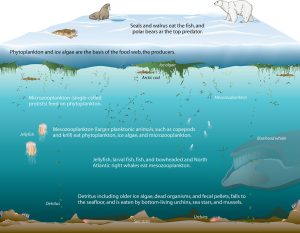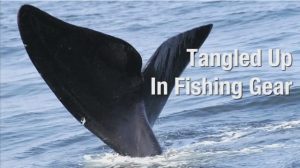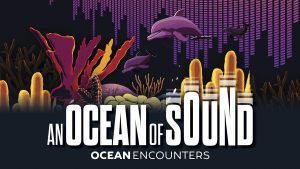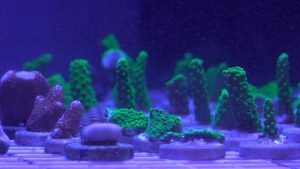How the DMON (Digital acoustic MONitoring) buoy works: Different species of whales traveling in the new York Bight make different, distinctive sounds. The hydrophones and DMON instrument detect the whale calls and transmit information about them from the seafloor up the cable to the buoy, which relays the information to a satellite. In near-real time, a satellite relays information about whale calls received by the DMON buoy off New York to Woods Hole, Mass., and to WHOI biologist Mark Baumgartner’s computer. In Woods Hole, Mass., scientist Mark Baumgartner (WHOI) and acoustic analyst Julianne Gurnee (NOAA-NEFSC) receive data on whale calls and analyze them to identify the species detected. The whale-detection data are available on the website Robots4Whales for anyone to use. In the future, Baumgartner and Gurnee hope to make detection information available to ships in near-real time to help reduce the chance of collisions. (Illustration by Eric S. Taylor, © Woods Hole Oceanographic Institution)
Image and Visual Licensing
WHOI copyright digital assets (stills and video) on this website can be licensed for non-commercial use upon request and approval. Please submit your request via our Media Request Form.
For assistance or accessibility accommodations, call (508) 289-2647.








